Ostrava (Czech Republic) – the most detailed information about the city with photos. The main attractions of Ostrava are with descriptions, guides and cards.
Contents
City of Ostrava (Czech Republic)
Ostrava is the third largest city of the Czech Republic and the capital Moravian-Silesian region. Located in the historical area of South Silesia near the border with Poland and Slovakia. Ostrava – an ancient city with fascinating industrial history that is the heart of the second largest urban agglomeration in the country. Most recently, this place was considered the most polluted, among cities of the Czech Republic. Now, most industrial enterprises closed (for various reasons) and Ostrava is gradually turning in the tourist and cultural center.
Stereotypes suggest that Ostrava is a purely city industrial and uninteresting for the tourist. This is not entirely true! City has a rich history, many beautiful historical buildings, interesting sacral architecture and a whole scattering of old industrial sites turned into magnificent museums.
- Geography and climate
- Practical information
- Story
- sights
- Video
- Maps and guides
- Comments and reviews
Geography and climate
Ostrava is located in the extreme north-east of the Czech Republic on the river Ostravice at her merger with Odra and Opava. The city is between Katowice and Brno 371 km from Prague 170 km from Poland Krakow. Ostrava has a temperate climate with a relatively warm summer. and cool winters.
 Streets of Ostrava
Streets of Ostrava
Practical information
- The population is more than 290 thousand people.
- The area is 214 km².
- The language is Czech.
- Currency – Czech crown.
- Time – UTC +1, summer +2.
- Ostrava is a major transport hub in Eastern Bohemia. On high-speed trains here can be reached from Prague, Brno, Olomouc, Katowice and Warsaw. There is also a direct rail connection. with Vienna, Bratislava, Budapest, Krakow and Moscow.
- Ostrava has a small international airport with flights to London, Milan and Dubai.
Story
The first mention of Ostrava dates back to 1267. In this period Here the village was founded along the so-called Amber trail, which was used by merchants as the main route, connecting the Baltic with the Mediterranean. In the second half of the 14th centuries were built fortifications of the city and, probably, a castle. AT Further, the value of Ostrava fell and until the 18th century it was quiet provincial town.
 Panorama Ostrava
Panorama Ostrava
The discovery of deposits was a turning point in the history of Ostrava. coal in the second half of the 18th century. This led to industrial boom and rapid growth of the city. Large buildings were built in Ostrava mines and steel mills, turning the city into one of largest centers for the production of coal and steel. Now Ostrava is long lost its heavy industrial appearance. Coal mining in the city ceased in 1994, and most of the enterprises are heavy metallurgy closed after the 1989 velvet revolution of the year.
sights
Ostrava is best known for its extensive coal mines, blast furnaces and metallurgical plants.
Industrial heritage of Ostrava
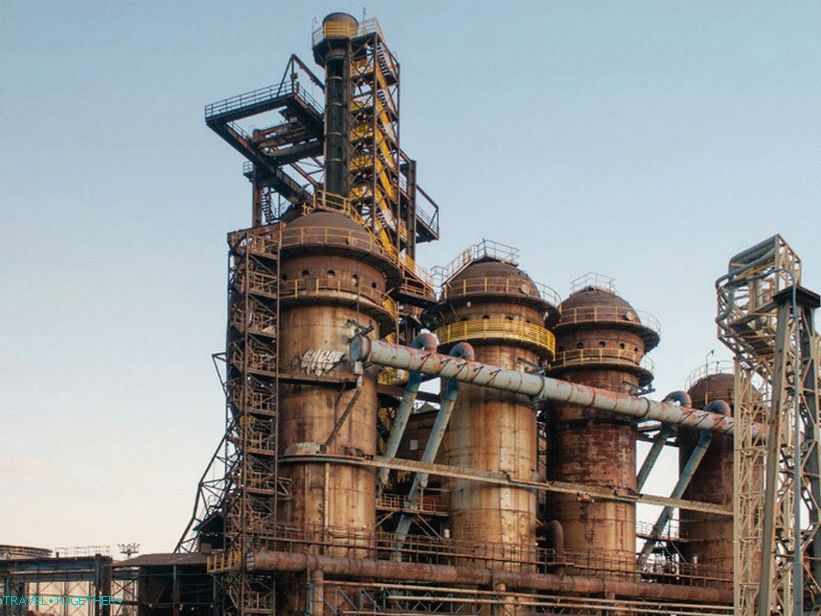 Vitkovice
Vitkovice
Vitkovice – industrial zone that emerged in the first half of 19 century. Due to its uniqueness in 2002, declared an object national cultural heritage. It represents a huge industrial historical complex with real blast furnaces, illustrating coal mining, as well as the production of iron and become.
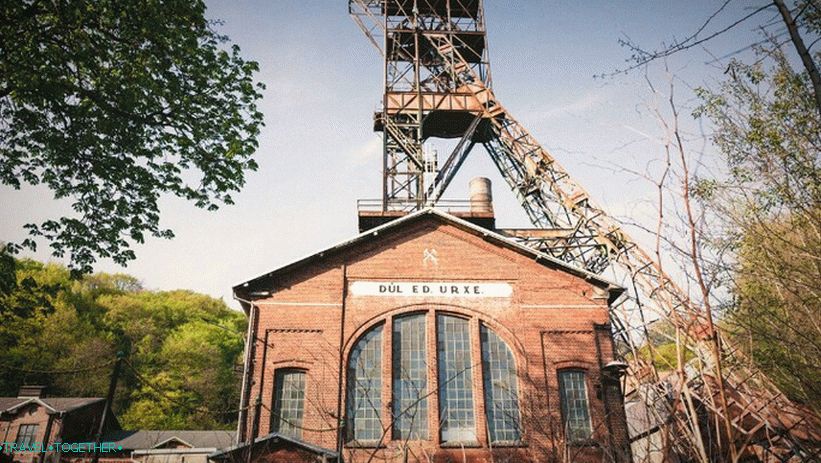 Landeck
Landeck
Landek – the largest mining museum in the Czech Republic, located in the former Anselm mine, which was founded in the late 18th century. This is an amazingly interesting place to see. view of geology, archeology, history and natural sciences, which talks about the technology and evolution of coal mining.
 Mine Michal
Mine Michal
The Michal Mine is one of the oldest mines in Ostrava, founded in 1843 year It is an extremely valuable industrial object of the past. and declared a national cultural monument in 1995. Mine provides an opportunity to explore all the above-ground work areas, through which the miner must pass to get to his shifts.
Sacred architecture
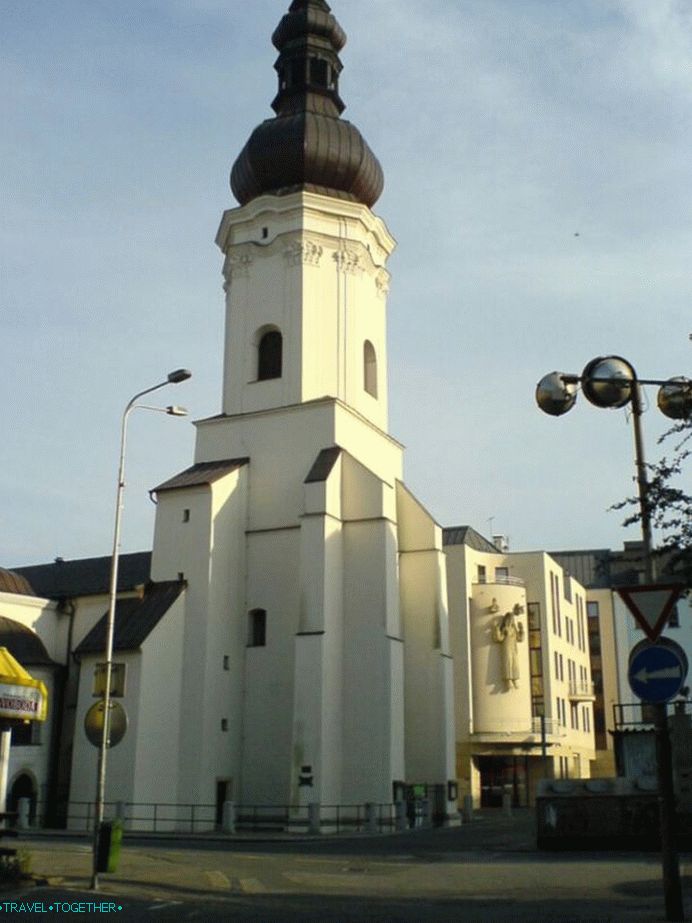 Wenceslas church
Wenceslas church
Wenceslas Church is one of the oldest and most important cultural and historical monuments in Ostrava. It is religious the building was built in the 13th century in the style of high gothic for more early romance foundations. The church was expanded in the 16th century, having received some baroque features. In the 19th century the building was essentially rebuilt in the style of classicism, during which “erased” many gothic elements.
 Evangelical church of christ
Evangelical church of christ
The Evangelical Church of Christ or the Red Church is one of the most beautiful sacral structures of Ostrava. The church was built in early 20th century in the style of the Dutch Renaissance. Represents single-wall building of gray stone with a powerful square tower.
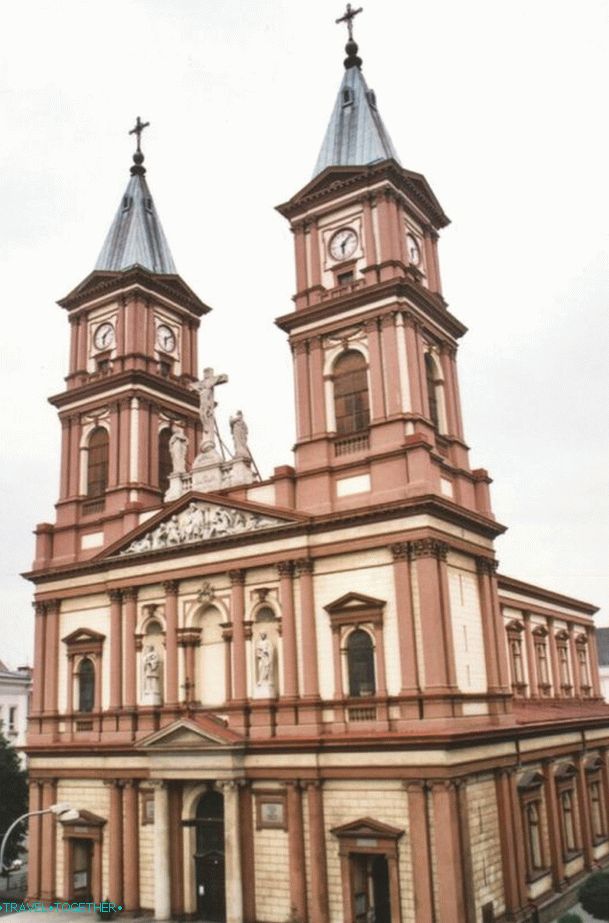 Cathedral Cathedral
Cathedral Cathedral
The Cathedral is a three-nave neo-renaissance basilica, which is the second largest church in Moravia and Silesia. This religious building was built at the end of the 19th century and has two tower height of 67 meters.
 Church Immaculate Conception
Church Immaculate Conception
Immaculate Conception Church – Roman Catholic Parish Church, built in the late 19th century. Is the most important neo-gothic building of ostrava and located in the area Przhivoz.
Other attractions and places of interest Ostrava
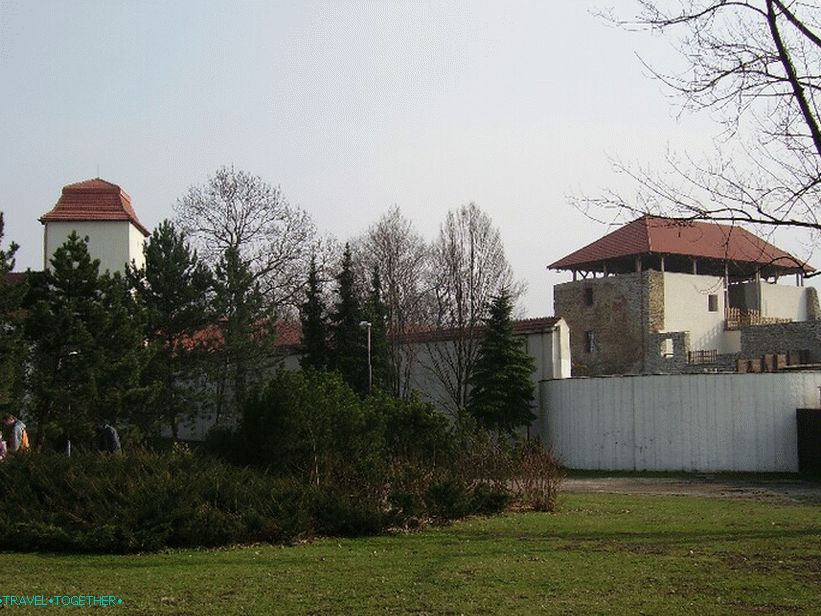
Silesian-Ostrava Castle – one of the most important cultural and historical monuments of Ostrava. Was founded in the second half of the 13th century at the confluence of the rivers Lucina and Ostravice, where in antiquity stood fortified settlement of the Slavs. In 1872 the castle burned down, but was later rebuilt. Main cause of it destruction was the mining of coal, due to which the structure fell through on 16 meters to the ground.
 Town hall
Town hall
Town Hall – the largest city hall in the Czech Republic, built in the 1930s. The most remarkable feature of this The building is a tall tower with an observation deck. In fine day from a height of 72 meters can be seen even the neighboring Poland.
 Masaryk Square
Masaryk Square
Masaryk Square is the heart of Ostrava. This market square was center of the city since the Middle Ages. In ancient times, its perimeter surrounded by small wooden houses of merchants, which were completely replaced by stone buildings in the 19th century. Architectural dominant The square is the old town hall with a beautiful tower. Also here are: statue of St. Florian of the second half of the 18th century, which considered to be the patron saint of firefighters and chimney sweeps, Marianskaya (plague) a column from the beginning of the 18th century and a modern fountain.
Video
Maps and guides
Tourist Card






